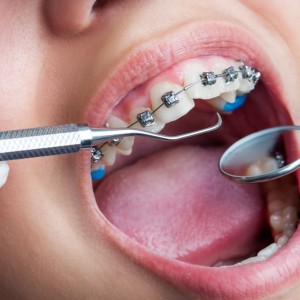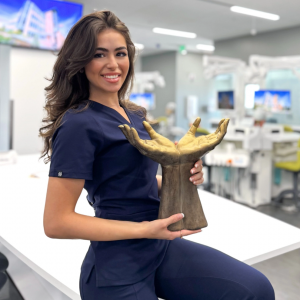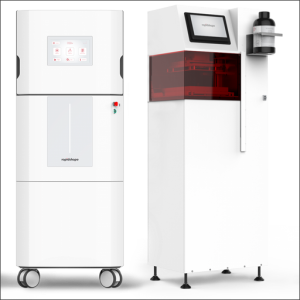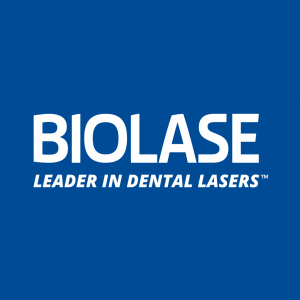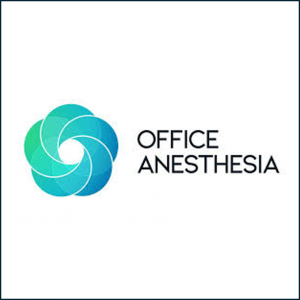
Dentin Hypersensitivity: Etiology, Mechanism and Prevention
Giulia Palandrani
Dentin hypersensitivity (DH) is one of the most common problem that affected patients.
Even if today is still unclear the etiology, Davari et al in their study try to explain the etiology and also the mechanism, prevention and treatment of DH.
Etiology
Dentin hypersensitivity (DH) is defined as diminutive and sharp pain which arises from exposed dentin surface in reaction to a stimulus of thermal, evaporative, tactile, osmotic or chemical origin.
The prevalence has been reported at 8 to 35% of the population and affects more women than men.
Various etiological and predisposing factors have been proposed to be associated with DH such as gingival recession, loss of enamel, abrasion, bruxism. Gingival recession is seen in the population who usually have a high standard of oral hygiene or those who have poor standard of oral hygiene.
Acid erosion can be derived from many sources such as gastric, intrinsic, and extrinsic sources which are dietary in origin. Individual susceptibility results in the loss of enamel to acid erosion. Abrasion of exposed dentin occurs due to improper oral hygiene practices.
Mechanism
Most widely accepted theory to explain DH is called hydrodynamic theory. It was proposed that application of external stimuli such as cold or hot, tactile or osmotic pressure will cause movement of dentinal fluid.The movement of the fluid will stimulate mechano-receptors and a pain response will be triggered.
Prevention and treatment
It has been suggested that brushing should be avoided for at least 1 to 3 hours after the consumption of acidic food or drink. If the patient has a history of intrinsic erosion patient should be referred and treated by a physician.
One of the logical conclusions to treat DH is to occlude the tubules by costituents of toothpaste. But the effectiveness of these products is dependent on their removal resistance. Currently potassium salts are the most common active ingredient used to desesitize dentin. The synapse between the nerve cells is blocked by potassium ions, which will reduce the nerve excitation and the pain. Calcium hydroxide can be used to block the tubules buti t has been reported that its presence can cause irritation of the gingiva. Other dentin sealer like composites and glass ionomer cements have a temporary effects because they can easly get washed away.
Conclusions
Dentin hypersensitivity is a widespread oral problem which affect people of variety of age groups. When a patient complains about DH causative or predisposing factor should be first identified by the practitioner and then a treatment plan should be designed.
For additional informations: Dentin Hypersensitivity: Etiology, Diagnosis and Treatment; A Literature Review
 Related articles
Related articles
Oral Hygiene & Prevention 19 November 2024
Oral hygiene in the prevention of caries and periodontal disease
While some periodontal disease may be as old as mankind itself, caries as a public health problem appeared with the development of flour and sugar mills, and the universal access to fermentable...
Oral Hygiene & Prevention 26 August 2024
Ventilator-associated pneumonia (VAP) is the most common nosocomial infection reported among mechanically ventilated patients.
Adams School of Dentistry’s Amy Lawson, DDS ’27, and Ricardo Padilla, DDS, were recently invited to represent ASOD at the UNC Lineberger Comprehensive Cancer Center’s “Exploring Cancer Spring...
Prevention is to be considered the most significant tool for involving the assisted person in being the responsible protagonist of his or her lifelong health project.
Oral Hygiene & Prevention 24 January 2024
Clinical prevention approaches in the management of implant patients
The failure of implant therapy is characterized by the presence of visual signs of inflammation and bleeding on probing, mucositis (PIM) and in cases of peri-implantitis (PI), loss of supporting...
 Read more
Read more
Orthodontics 28 October 2025
The relationship between odontogenic bacteraemia and orthodontic treatment procedures
The purpose of this research was to estimate the prevalence and intensity of bacteraemia associated with orthodontic treatment procedures.
Editorials 28 October 2025
Third Annual Haptics Competition Puts Students’ Dental Skills to the Test
Diana Torosyan (DDS ’28) takes home top honors in competition that expanded for the first time to include University of North Carolina dental students.
Dentsply Sirona, the world’s largest diversified manufacturer of professional dental products and technologies, and Rapid Shape, a leading innovator in German-engineered dental 3D printing...
News 28 October 2025
BIOLASE, the global leader in dental laser technology, will present a major advancement in periodontal care during the American Academy of Periodontology (AAP) 2025 Corporate Forum in Toronto,...
News 28 October 2025
From advancing the specialty of office-based anesthesia through the medical/dental fields as a whole, ranging from procedures to technologies being implemented now and in the future, Office...







